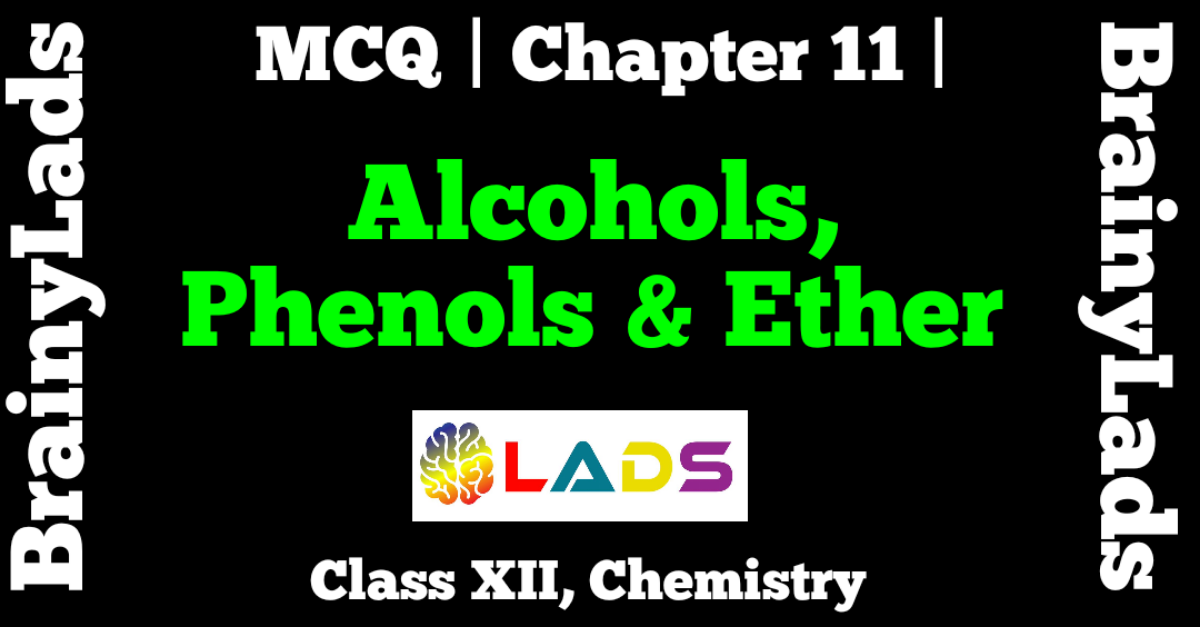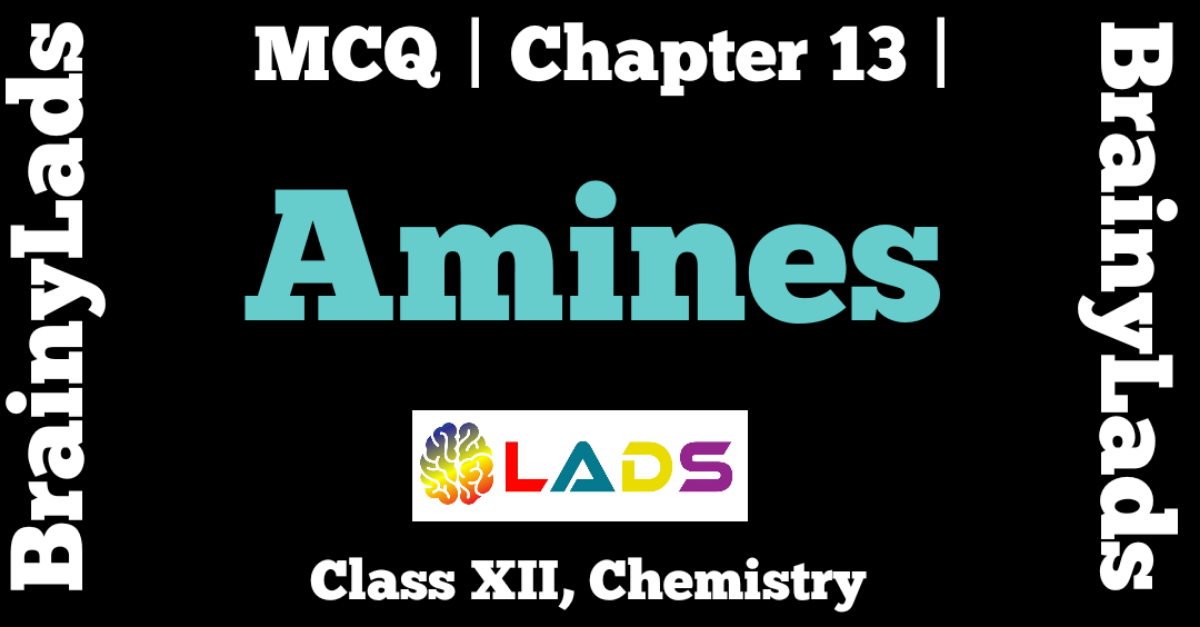MCQ of General Principles and Processes of Isolation of Elements, Class 12
MCQ of General Principles and Processes of Isolation of Elements | Multiple Choice Questions
MCQ of General Principles and Processes of Isolation of Elements
Question 1: Which of the following is not an oxide ore?
- Corundum
- Zincite
- Calamine
- Chromite
Answer: C (Calamite)
Question 2: Which one of the following is not a sulphide ore?
- Galena
- Iron pyrites
- Magnetite
- Copper glance
Answer: C (Magnetite)
Question 3: Which of the following ores cannot be concentrated by magnetic separation?
- Haematite
- Malachite
- Magnetite
- Siderite
Answer: B (Malachite)
Question 4: Sulphide ore of zinc/ copper is concentrated by
- Floatation process
- Electromagnetic process
- Gravity separation
- Distillation
Answer: A (floatation process)
Question 5: Which of the following metals is not extracted by leaching?
- Aluminium
- Mercury
- Silver
- Gold
Answer: B (Mercury)
Question 6: Heating pyrites to remove sulphur is called
- Smelting
- Calcination
- Liquation
- Roasting
Answer:D (Roasting)
Question 7: Froth floatation process of concentration is based on the
- Preferential wetting properties with the frothing agent and water
- Difference in specific gravities of gangue and ore particles
- Difference in solubility of gangue and ore particles in frothing agent and water
- Difference in reactivity of gangue and ore particles with water and frothing agent.
Answer: A (Preferential wetting properties with the frothing agent and water)
Question 8: Which of the following metal is extracted using a silica lined convertor ?
- Mg
- Al
- Cu
- Zn
Answer: C (Cu)
Question 9: During the extraction of haematite , limestone is added which acts as
- Flux
- Slag
- Reducing agent
- Gangue
Answer: A (flux)
Question 10: The main difference between cast iron and pig iron is
- Cast iron is purest form of iron while pig iron is impure
- Cast iron has low carbon content (3%) as compared to pig iron (4%) and is extremely hard and brittle
- Pig iron contains many impurities like S, P Si and Mn while cast iron does not contain any impurity and can be casted into any shape
- Cast iron is soft and malleable while pig iron is extremely hard and brittle
You may also read MCQ of The Solid State, MCQ of Solutions, MCQ of Electrochemistry, MCQ of Chemical Kinetics, MCQ of Surface Chemistry, MCQ of General Principles and Processed of Isolation of Elements, MCQ of the p-Block Elements, MCQ of the d-And f-Block Elements, MCQ of Coordination Compounds, MCQ of Haloalkanes and Haloarenes, MCQ of Alcohols, Phenols and Ether, MCQ of Aldehydes, Ketones and Carboxylic Acids, MCQ of Amines, MCQ of Biomolecules, MCQ of Polymers, MCQ of Chemistry in Everyday Life
Answer: B (Cast iron has low carbon content (3%) as compared to pig iron (4%) and is extremely hard and brittle)
Question 11: In metallurgical process, aluminium acts as
- An oxidising agent
- A reducing agent
- Acidic flux
- Basic flux
Answer: B (A reducing agent )
Question 12: Which of the following metals cannot be obtained by reduction of its metal oxide by aluminium?
- Cr
- Mn
- Fe
- Mg
Answer: D (Mg)
Question 13: Extraction of chlorine from brine is based on
- Reduction
- Displacement
- Oxidation
- Evaporation
Answer: C (Oxidation)
Question 14: In electro-refining of copper, some gold is deposited as
- Cathode mud
- Electrolyte
- Anode mud
- Cathode
Answer: C (Anode mud)
Question 15: In blast furnace iron oxide is reduced by
- Silica
- Carbon monoxide
- Carbon
- Lime stone
Answer: B (Carbon monoxide)
Question 16: Sulphide ores are converted to oxides before reduction. This is explained on the basis of which of the following?
- Sulphides cannot be reduced easily while oxides can be reduced easily
- Sulphides decompose on reduction hence they are first converted into oxides
- Sulphide ores have higher melting points than oxides
- Oxides are more stable than sulphides hence easy to reduce
Answer: A (Sulphides cannot be reduced easily while oxides can be reduced easily)
Question 17: Blister copper is
- Impure copper
- Obtained by self reduction process during bessemerisation
- Both are correct
- None are correct
Answer: C (Both are correct)
Question 18:Which of the following metal is obtained by electrolytic reduction process?
- Fe
- Cu
- Ag
- Al
Answer: D (Al)
Question 19: Which of the following is the purest commercial form of iron?
- Cast iron
- Steel
- Wrought iron
- Pig iron
Answer: C (Wrought iron)
Question 20: Which of the following pairs of metals is purified by van Arkel method?
- Ni and Fe
- Ga and In
- Zr and Ti
- Ag and Au
Answer: C (Zr and Ti )
Question 21: The temperature of the slag zone in the metallurgy of iron using blast furnace is
- 1500 – 1600ºC
- 400 – 700ºC
- 800 – 1000º C
- 1200 – 1500ºC
Answer: C (800 – 1000º C)
Question 22: During smelting, an additional substance is added which combines with impurities to form a fusible mass. The additional substance is called
- Flux
- Slag
- Gangue
- Ore
Answer: A (flux)
Question 23: Mond’s process is used for refining of
- Ni
- Ag
- Sn
- Al
Answer: A (Ni)
Question 24: During extraction of aluminium from bauxite,
- The concentration of ore is done by gravity separation method
- Molten mixture of aluminium oxide, cryolite or fluorspar is electrolysed
- Impure aluminium is refined by liquation
- Molten aluminium is obatined at cathode while fluorine is liberated at anode
Answer: B (Molten mixture of aluminium oxide, cryolite or fluorspar is electrolysed)
Question 25: Chromatography is a useful method for purification of elements which are
- Very reactive
- Available in minute quantities
- Present in abundance
- Highly electropositive
Answer: B (Available in minute quantities)
Do share the post if you liked it. For more updates, keep logging on BrainyLads


